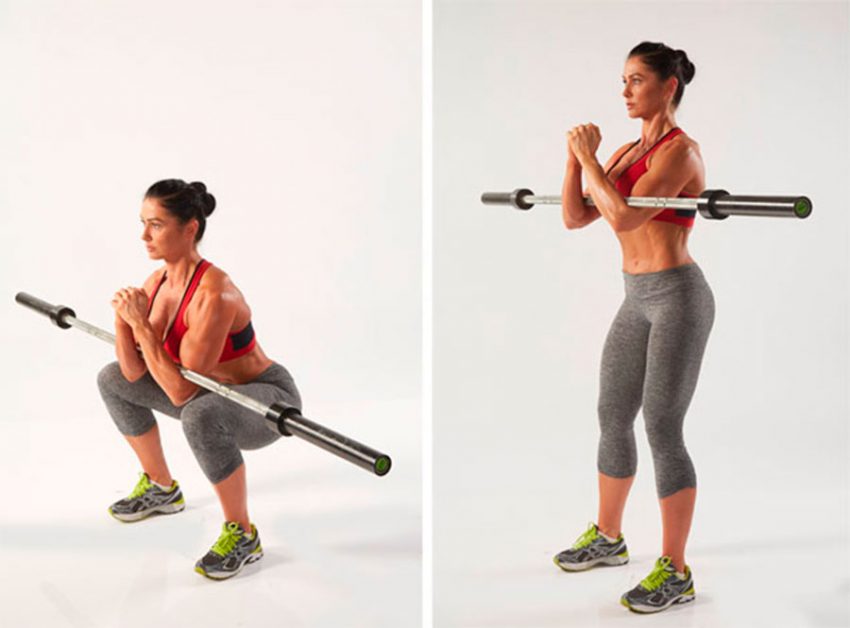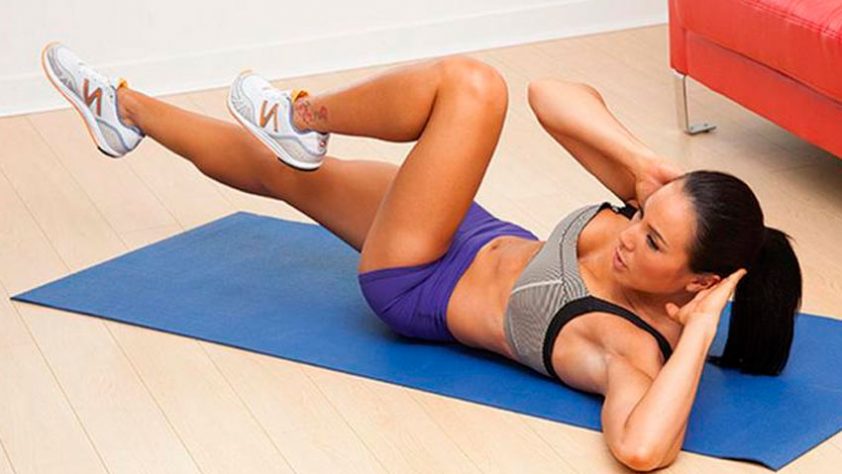The Zercher squat was designed as a specific exercise for the quads. The author of the movement did a lot to make them grow. But conventional technique did not benefit him. Therefore, he came up with the idea to move the weight forward, lay the barbell on the bend of the elbow, and perform the movement so, with a shift in the center of gravity. This provided some benefit. Today the Zercher squat is extremely popular. It helps you learn how to do a simple classic squat correctly, without pulling the buttocks back and bending the back. And it also allows you to develop not only the amplitude, but also the distribution of weight.
Who is Zercher

This is an athlete who pulled 243 kg in the deadlift at the beginning of the century. Yes, now this is a result below the standard of a master of sports for amateurs in the weight category up to 100 kg, but recall that this was before the invention of strength training methods. The athletes did what they had to do. Zercher went down in history as the inventor of the original technique of taking shells without racks and performing exercises with them.
Known:
- squats and deadlifts;
- Zercher’s lunges
The athlete trained at home with all sorts of rubbish, often he did not even have a barbell at his disposal.
Features of the exercise

The Zercher squat differs from the front squat in that it has a shorter lever. This shifts the center of gravity forward and helps load the quadriceps. This squatting option also eliminates the popular technical mistake of loosening your socks. It also helps those who seek to understand the work of the knees in the classic squat.
The Zercher squat is sometimes performed in variations. Those athletes who cannot catch a stable position in any way do the exercise in the Smith machine. Those who do not have enough stretch – with pancakes placed under the heels. But you still need to strive for the classic barbell technique.
Advantages and Disadvantages of Exercise

Pros:
- is a good lead-up exercise for back squats;
- can replace the squat with a barbell on the back for a while, for example, while the athlete is trying to heal a back injury and cannot lift a lot;
- shifts the load forward;
- squat can be used in circuit training for weight loss. It is ideal for quick change of equipment, and allows you to go from exercise to exercise without wasting time.
Cons – stress on elbows, knees and hip joints. The exercise should be done with a light to medium weight. It does not involve the use of heavy weights.
Barbell technique

- The bar is installed in conventional racks at the height of the elbow bend;
- The athlete approaches, places the bar on the elbow;
- Removes the bar from the racks through bending at the knees;
- Moves away from the racks in three steps, first a step back, then the placement of the legs;
- Pulls in the stomach and strains it so that holding the bar becomes comfortable;
- Bends the legs at the knee joints, and leads the knees to the sides;
- It is lowered so that the bend of the hip joint is below the bend of the elbow;
- Keeps the back straight;
- Rises to the starting position.
Safety bar technique

The so-called “safety bar” or safety bar is a structure that is worn over the shoulders of the athlete. It is supported by hands, the difference in technique lies only in the fact that the design itself involves a greater abduction of the knee to the sides.
Recommendations

Exercise should be included in programs for beginners and intermediate athletes. Only this should be done with light weight. Zercher helps to understand the knees and the correct functioning of the knees, therefore, it is a must in the training of powerlifters and beginner weightlifters. This exercise cannot be considered basic, as it potentially overloads the elbows. But at a certain stage of preparation, it may be the only variation of the squat.
For those with elbow problems, it is better to use a padded bar or safety bar. If he is not in the gym, fastening with straps in the manner of backpack straps can take some of the load off the back.
The exercise should be performed with a straight, almost vertical back. This will help avoid technical errors. If the position of the lower back interferes, it is worth wearing a belt. But in general, beginners are better off doing without it. It is recommended to actively strengthen the abs instead of engaging in creating artificial support.
It is better to include Zerkhera in the plan no more than once a week. This will help avoid problems with the lower back, elbows, knees.
Zercher Squat can be recommended as part of leg workout:
- zercher squat;
- leg press;
- flexion and extension of the lower leg in a superset;
- calf raises.
All exercises are performed for 10-12 repetitions in 4-5 approaches.



